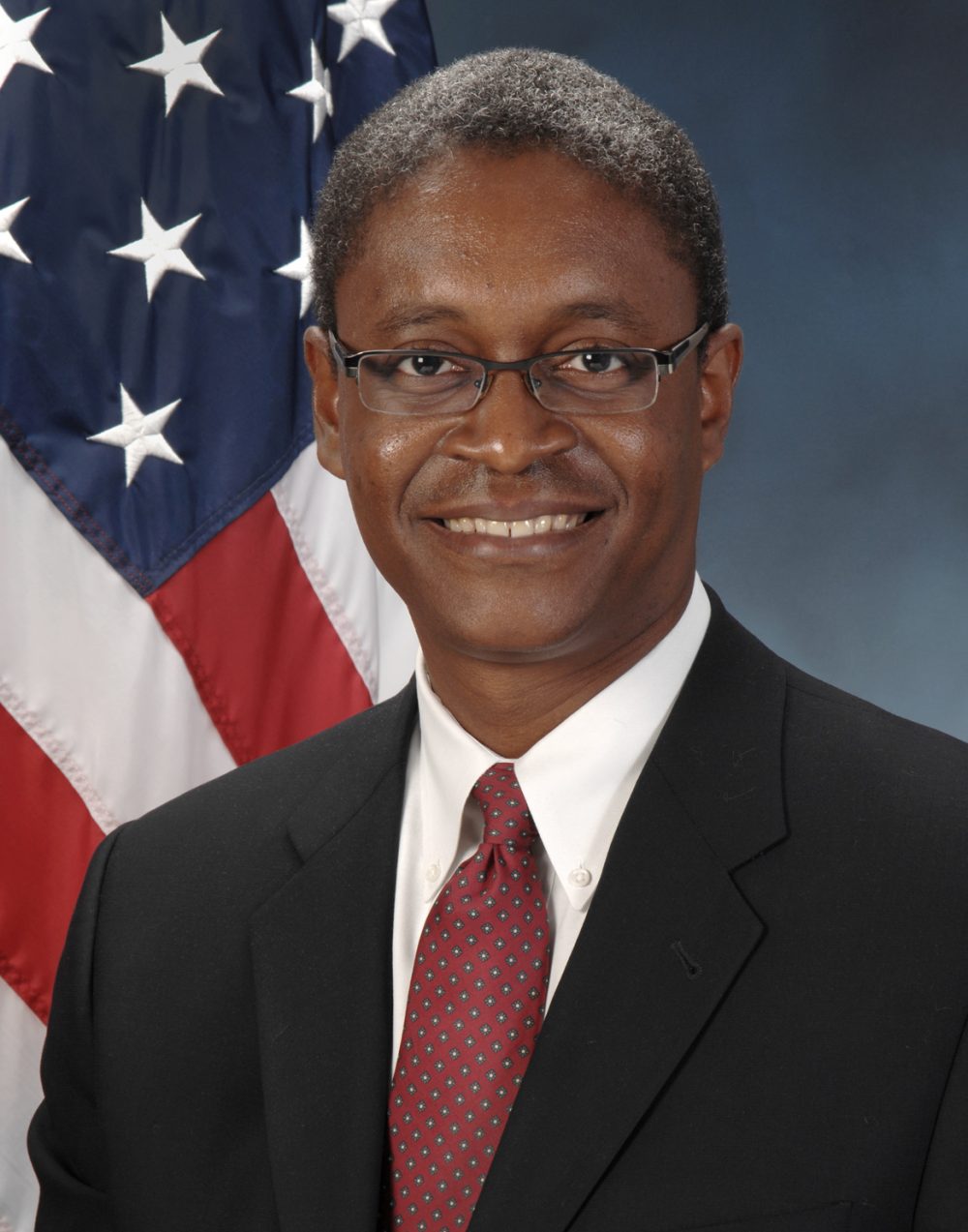Three years at HUD gives you quite the perspective. Ask anyone who has worked in the esteemed Weaver Building—affectionately known as 12 floors of basement (you’ve got to include the actual basement and the sub-basement!)—and you will hear a litany of stories about bureaucracy, frustration, and dysfunction, among other challenges.
But you should also hear about the devotion of talented and dedicated staff members, and how being there offered an opportunity to make important and lasting positive change to improve the quality of life for lower-income and minority families and communities.
In addition to providing rich perspectives on the “how” and “who,” the HUD experience also can lead its alumni to gain perspectives on housing policy, economic development, governance, politics, race, and power, what I think of as the “what” of HUD. This is certainly what happened for me.
And that is what I hope to reflect on as a regular contributor to the Shelterforce blog.
There are two themes that I will focus on in these initial weeks:
First, we spent a lot of time during my time at HUD building the concept of “housing as a platform.” “Housing as a platform” represents the idea that housing, if established as a firm foundation, allows people to thrive in many other contexts, including education, employment, health, and public safety. Thus, housing policy is also education policy, employment policy, health policy, and so forth. This effort sought to create new partnerships and coalitions to pursue this notion and develop coordinated investment strategies to improve individual and social welfare.
Housing as a platform represents a holistic approach to fighting poverty and the lack of opportunity, and as such we must be aware of the menu of policies across a range of domains that are needed to more successfully wage the fight. At University of Southern California, we convened a gathering of experts and gave them precisely that charge: find solutions that move the dial in employment, schooling, health care, and housing. And they must be actionable.
The conference—Innovating to End Urban Poverty—yielded nearly 50 recommended policy actions. These are important and, with the experts who were the engine for the ideas, I will review these in coming weeks. My hope is that these will catch fire and spark a new energy around solutions to poverty and unequal access to opportunity.
A second thrust of my missives will focus on the structure and organization of community development and fair housing. During my travels across the country meeting and talking with people, I encountered many things that prompted me to ask questions such as:
-
-
Who is participating in the policy and programmatic discourse?
-
-
Are we hearing from the right set of voices?
-
-
-
Are we getting appropriate buy-in from those we are trying to help?
-
-
- How we are organized as an industry—and is this a good way to do business?
- Do we really know what works in achieving progress?
-
What are the real problems in communities that are not showing progress—is it awareness, ignorance, willfulness?
-
-
How should solutions differ across these different circumstances?
-
-
-
Who is participating in the policy and programmatic discourse?
These are all important questions, and there is much that remains to be said about each of them. For example, last week Shelterforce editor Miriam Axel-Lute noted in this blog that she found Angela Glover-Blackwell’s remarks about respect and its relationship to the idea of deconcentrating poverty “refreshingly direct.”
Respect for culture, particular minority culture, is an issue that has been around for a long time, but Miriam’s reaction suggests that there is still much more to be said and done on this.
This should be an interesting, and sometimes controversial, set of discussions, and I am excited about that. For this thread, I will be writing frequently with Sheryl Verlaine Whitney, a partner in crime from my HUD days with whom I walked many steps and drove many miles in the quest for a new affirmatively furthering fair housing regulation. (Fingers still crossed on its getting out!)
So, it is good to be joining the Shelterforce blog. I look forward to many months and years of spirited and passionate discourse, with the aim of improving the quality of life and the prospects for lower-income and minority families and communities.






Comments